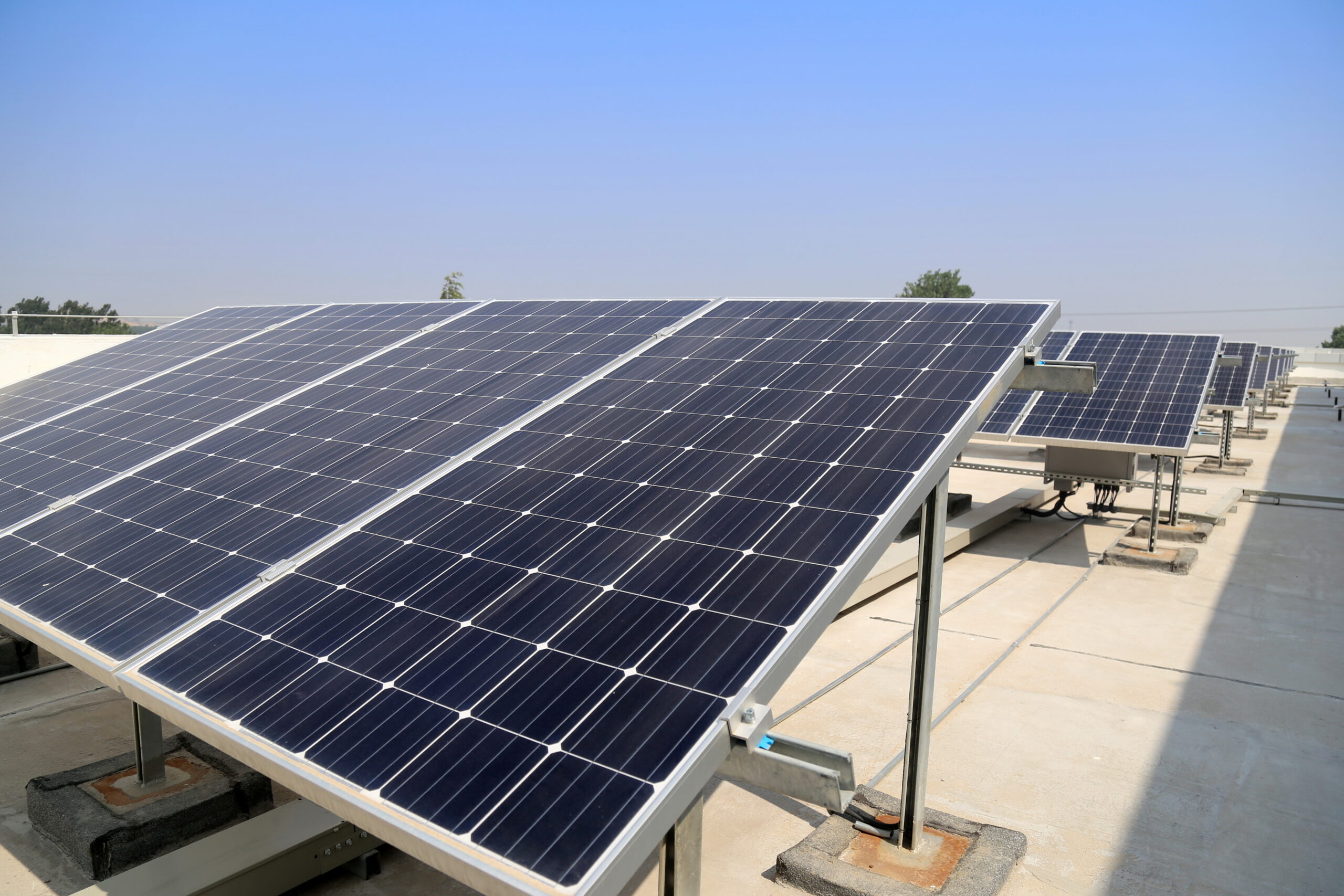Installing a solar power system is a smart move toward sustainability, but did you know that the solar PV mounting type you choose is just as important as the panels themselves? The mounting system ensures your solar panels stay securely in place while maximizing energy production.
In this article, we’ll explain what a solar PV mounting type is, explore the main types available, and help you decide which one suits your home or business best.
What Is a Solar PV Mounting Type?
A solar PV mounting type refers to the structure used to fix and support solar panels on a surface—whether it’s a rooftop, the ground, or another structure. It affects the system’s:
- Stability
- Orientation and tilt angle
- Efficiency
- Ease of maintenance
- Installation cost
The right mounting system ensures your solar panels capture the most sunlight throughout the day and last for decades.
Why Mounting Matters in a Solar System
The solar PV mounting type plays a critical role in:
- Durability: Protects panels from wind, rain, and snow
- Performance: Maintains the optimal angle for maximum sun exposure
- Safety: Keeps the system securely attached
- Aesthetics: Affects how the installation looks on your roof or property
- Cost: Impacts the overall budget of the solar system
Main Types of Solar PV Mounting Systems
Let’s look at the most common solar PV mounting types used today:
1. Rooftop Mounting Systems
Rooftop solar is the most popular choice for homes and commercial buildings. Depending on the roof structure, there are different mounting types:
a) Flush Mount (Fixed Tilt)
- Panels lie close to the roof surface
- Low profile and visually discreet
- Ideal for sloped rooftops
- Cost-effective and quick to install
b) Tilted Mount
- Panels are tilted at an angle above the roof
- Better sunlight capture for flat roofs
- Higher efficiency in areas with less sun
c) Ballasted Mount
- Uses weights instead of roof penetrations
- Suitable for flat roofs where drilling isn’t allowed
- Easier to install and remove
2. Ground-Mounted Solar Systems
Perfect for properties with open land. These systems are installed directly on the ground.
a) Standard Ground Mount
- Metal structures anchored in the ground
- Fixed tilt or adjustable tilt options
- Ideal for homes, farms, or institutions with open land
b) Pole Mount
- Mounted on a single pole
- Small footprint, can support tracking systems
- Suitable for small solar arrays
c) Tracking Mount
- Tracks the sun’s movement for higher efficiency
- Comes in single-axis and dual-axis varieties
- Higher energy output, but more expensive and complex
3. Wall Mount Systems
These are mounted on vertical surfaces like building walls or fences.
- Useful in urban spaces with limited roof or ground area
- Typically used for small solar setups
- Less optimal angle compared to roof or ground mounts
Choosing the Right Solar PV Mounting Type
When selecting the best solar PV mounting type for your system, consider these factors:
- Available space – Rooftop, ground, or wall?
- Roof type and angle – Flat or sloped?
- Local climate – High wind, snow, or rain zones?
- Sun exposure – Which direction gets the most sunlight?
- Aesthetics – Visible from the street or hidden?
- Budget – Simple fixed mounts are cheaper than tracking systems
- Maintenance access – Easy to clean and inspect?
Materials Used in Solar Mounting Structures
Most solar PV mounting systems are made from:
- Aluminium: Lightweight, corrosion-resistant, long-lasting
- Galvanized Steel: Strong and durable, but heavier
- Stainless Steel: Premium option, used in high-end systems
These materials are chosen for their ability to withstand harsh weather conditions for decades.
Cost of Solar PV Mounting Systems
The cost of the solar PV mounting type depends on:
- Type of mounting (roof, ground, tracking)
- Material used
- Installation complexity
- Size of the solar system
On average, mounting structures make up 10–15% of the total solar system cost.
Maintenance Tips
To keep your solar PV mounting type strong and secure:
- Check for rust or corrosion (especially in coastal areas)
- Tighten bolts and joints during annual maintenance
- Remove debris or leaves trapped under the structure
- Inspect after heavy storms or strong winds
Pros and Cons of Different Solar PV Mounting Types
| Mounting Type | Pros | Cons |
| Flush Roof Mount | Affordable, sleek, easy to install | Limited airflow, roof drilling |
| Tilted Roof Mount | Higher efficiency, good for flat roofs | Slightly costlier, visible structure |
| Ground Mount | Easy maintenance, no roof needed | Requires open land |
| Tracking System | Maximum energy output | High upfront and maintenance costs |
Future Trends in Solar Mounting Systems
As solar technology advances, we’re seeing trends like:
- Lightweight structures for faster installations
- Pre-fabricated mounting kits
- Integrated solar tiles (especially in building-integrated PV)
- Smart tracking systems using AI for sun positioning
The goal is to make mounting systems more efficient, durable, and easy to use.
Conclusion: Choose the Right Solar PV Mounting Type for Maximum Efficiency
Your solar panels are only as effective as the structure that holds them. The solar PV mounting type you choose directly impacts the performance, longevity, and appearance of your system.
Whether you’re installing panels on a roof, the ground, or a custom location, be sure to consult with a certified solar installer to pick the best option for your needs and budget.
Ready to Go Solar?
Contact your local solar provider today to explore the best solar PV mounting type for your home or business. Make the switch to clean energy—securely and smartly!
Follow Profitpiligrim for more news.
